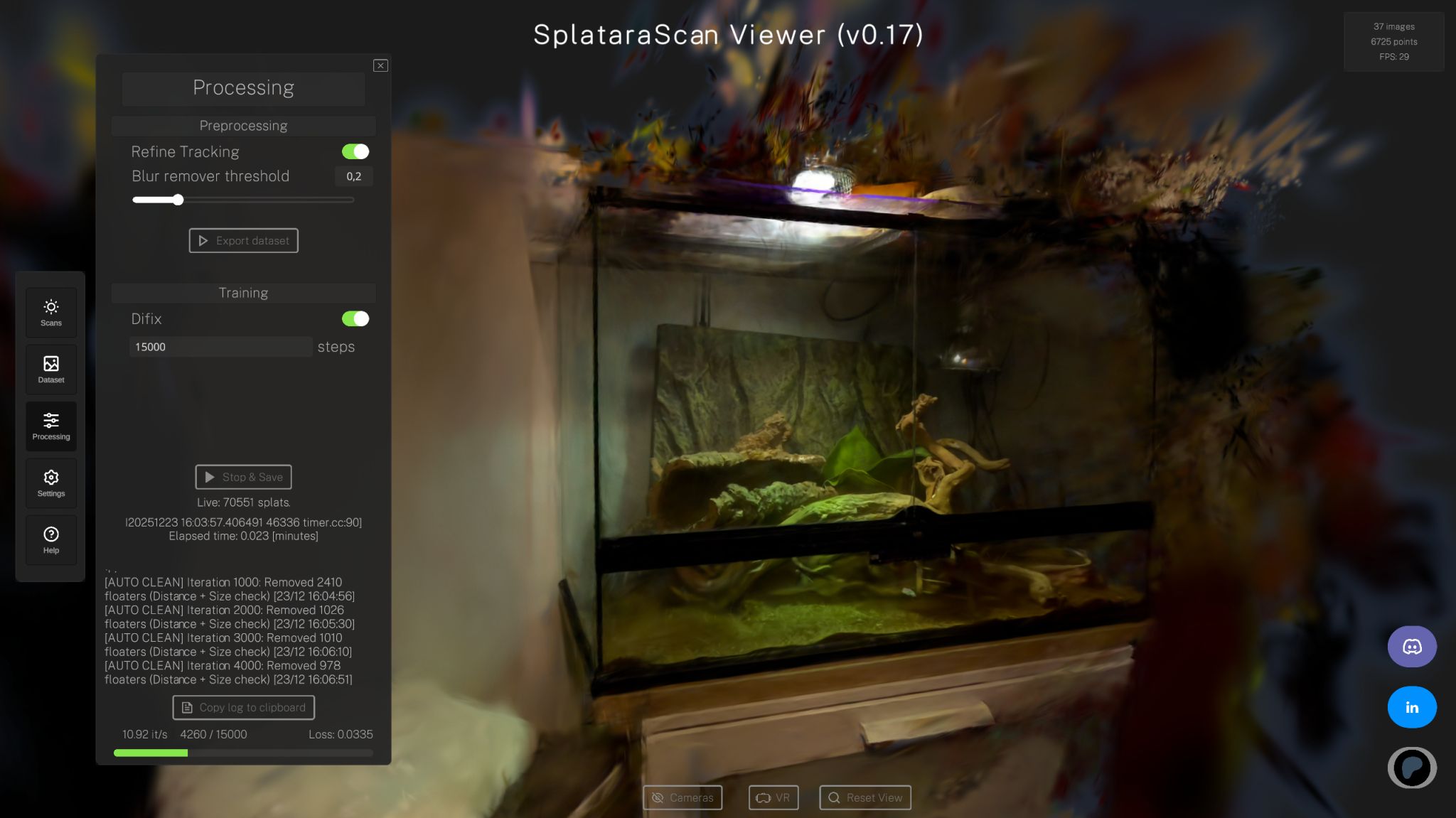

Michael Rubloff
Nov 12, 2025
Chaos has turned Corona 14 into a fast lane for reality capture. The new release introduces native Gaussian splat rendering, letting archviz and VFX artists drop photoreal, memory light reconstructions straight into their scenes with physically plausible reflections and refractions. In practice, that means city blocks, forests, courtyards, and scanned interiors can be placed around CG buildings without the typical polygon bloat or the hours spent massaging proxies and textures.
Corona’s implementation follows the same creative promise we’ve seen across Chaos tooling over the past year. It takes a splat representation produced from photos or video and renders it as a first class citizen, complete with proper specular transport, so captured context behaves like the rest of your scene.
Corona 14’s rollout also addresses what happens after layout? Chaos Vantage now accepts Gaussian splats exported from Corona, so teams can shuttle the same environment into real-time look dev and client reviews without reauthoring data. Material names are preserved on export, which reduces the “what changed?” friction when bouncing between DCC and GPU review.
Early forum notes and daily-build previews suggest Chaos has approached splats as a native object type in Corona, imported from standard files used by today’s reality capture tools, rather than a fragile one off.
Corona 14’s headliners also go beyond splats. AI material generation and upscaling, a new Night Sky system, and performance/UI refinements. With V-Ray 7 already shipping splat support, today’s update brings parity across Chaos’ renderers and strengthens the case for using captured worlds as the default context in visualization, not the exception. For studios, it’s a practical win: less time rebuilding backgrounds, more time designing the parts that matter.
Learn more about Corona 14 and Chaos here.







